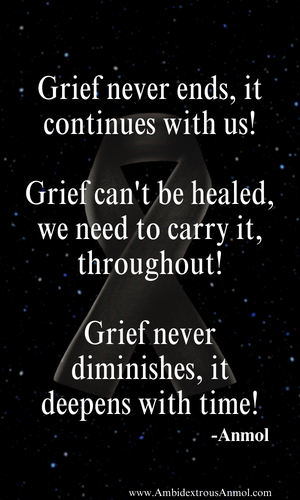I understand your skepticism. As professionals, we often consider the importance of confidentiality, the possibility of people overhearing conversations, and the comfort of our clients. These concerns naturally arise when we think about conducting therapy in a cafe setting.
However, I have come across numerous cases—shared by my supervisors and colleagues—where clients themselves choose to have sessions in cafes. They might attend therapy through a video call while sitting in a cafe or even meet their psychologist in person in such a setting. While this isn’t a conventional practice, it is not unheard of either.
As professionals, we might not always be comfortable with this idea. Let’s be honest—it’s not just clients who fear being judged; psychologists also experience this. Being in a public space could make us self-conscious and impact our ability to function at our best.
Yes, a safe, warm, and comfortable environment is ideal for therapy. But in my experience, we don’t always get the perfectly curated space with cozy couches, soft lighting, and bookshelves filled with insightful reads. More often than not, we work with what we have.
In India, for instance, many of us have provided counseling in open spaces, sometimes even under a tree, especially in rural or underdeveloped areas. The reality is that an ideal counseling setting is not always available.
And that raises the question: Does a “perfect” counseling space truly exist?
Well I believe perfection is subjective. What feels perfect for a counselor may not be ideal for a client.
That’s why, as professionals, we should focus on using the best possible space for the therapeutic process rather than chasing an illusion of perfection.
Now, does this mean I’ll be providing therapy in cafes and actively encouraging it?
Not necessarily. What I am emphasizing is that therapy depends more on the therapist than the setting. Yes, the environment plays a role, but we’ve all had meaningful conversations in crowded cafés. Business deals, interviews, and deep personal discussions happen in these spaces all the time. So, it’s possible that therapy can, too.
Creating a safe space is about the connection between the psychologist and the client, not just about the room, the couch, or the décor that people associate with therapy.
If you’re still unsure, consider this: not long ago, online counseling faced significant opposition. People doubted the effectiveness of virtual meetings. But then life happened, and today, online therapy is not just accepted but widely practiced.
Similarly, when clients choose to attend sessions from a cafe, it might be because their home environment is not conducive to the therapeutic process. In such cases, a café could feel like a better, safer space for them.
At the end of the day, the decision to conduct therapy in a cafe rests with us as psychologists. However, giving clients the freedom to attend sessions from a café is their choice.
In my point of view, the key is to understand, accept, adapt, and do our best with what we have.
What do you think? Have you ever come across therapy happening in unconventional spaces? Have you personally experienced or witnessed a session in a non-traditional setting? How did it feel?
Let’s keep the conversation going!
Your Psychologist,
Ambidextrous Anmol
Founder of ExpressUneasiness.com





















